WHICH GARDEN DRIPPER SHOULD I BUY?
The story of the drip irrigation modern begins with a man named Simca Blass, an engineer who in 1947 was working on the first modern aqueduct in the Jordan Valley, in Israel. After discovering a large tree that was growing "without water," he dug down to find a leaky pipe coupler that was supplying water to the tree. He bought the pipes that England had used to extinguish fires during the London Blitz and shipped them to his home, where they were used to build a water system to supply water to 11 Israeli settlements and the Bedouin Arabs in the Negev Desert. In the 1950s, Blass reopened his engineering office and pursued his idea of commercial drip irrigation.
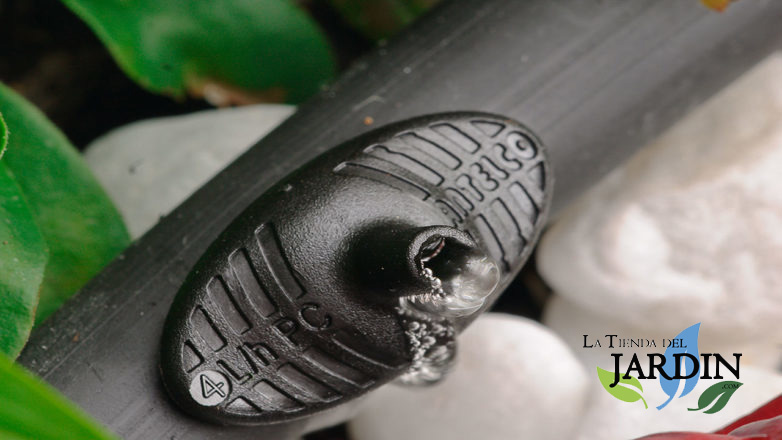
The first drip emitters were developed in the 1960s, when plastic pipes began to be used for plumbing and irrigation. The first drippers were simply a long spiral tube of small diameter, which was wrapped around the pipe, cutting to different lengths, providing different flow rates. These early drippers were very uneven in flow output, as they were sensitive to pressure changes and prone to blockages.
With the advent of injection molded plastics, the design of drip emitters changed to accommodate two main factors, first to maintain a constant flow rate over a wide range of operating pressures and second to provide the widest possible flow path in thedropper to avoid blockages .

The first major design evolution was to provide a "turbulent" flow path by creating a maze of bends and flow direction changes in the dripper. This had two results; The former provided a wider flow path for the same flow rate compared to previous spiral tubes. The second was that the flow rate was less sensitive to pressure changes, i.e. a more uniform flow rate.
The second major design evolution was to introduce a "pressure compensation" mechanism along with the turbulent flow path to regulate the flow rate to a constant level, i.e., 0.5, 1, or 2 gph are common flow rates. This mechanism is known as a diaphragm and is a precise rubber disc that measures flow rate.
As a recommendation, we offer several types of drippers depending on the use and installation.
- If you want to control the flow of water in a small gardening installation, we recommend this model, simply by turning the red head of thedropper You can adjust the flow rate from 0 to 70 liters/hour:
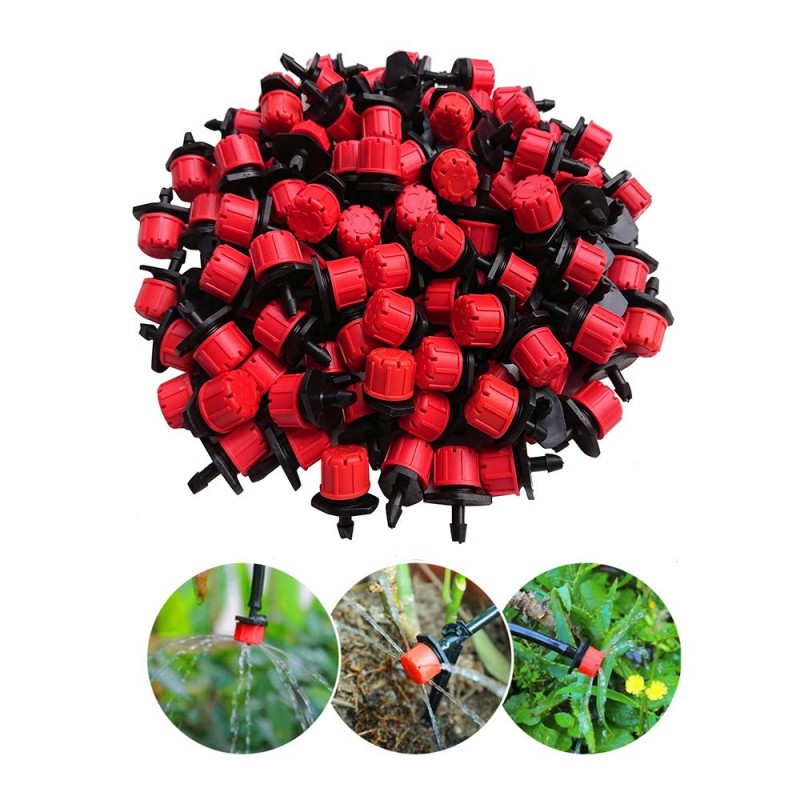
Buy here: ADJUSTABLE DRIPPER
- If the installation requires a fixed flow rate, we recommend purchasing self-compensating drippers with a flow rate of 4 or 8 liters/hour. dropper With its internal labyrinth it guarantees an exact flow rate.

Buy here: SELF-COMPENSATING DRIPPER 4 L/H
Buy here: SELF-COMPENSATING DRIPPER 8 L/H
If you would like more information and to see all the models we offer, please visit our website and the following link:
https://latiendadeljardin.com/goteros
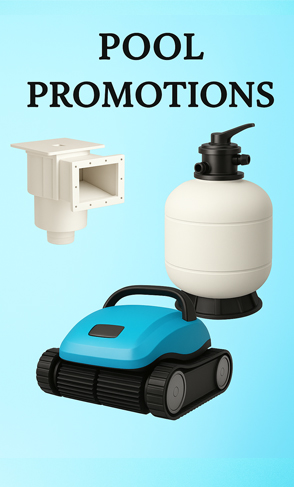




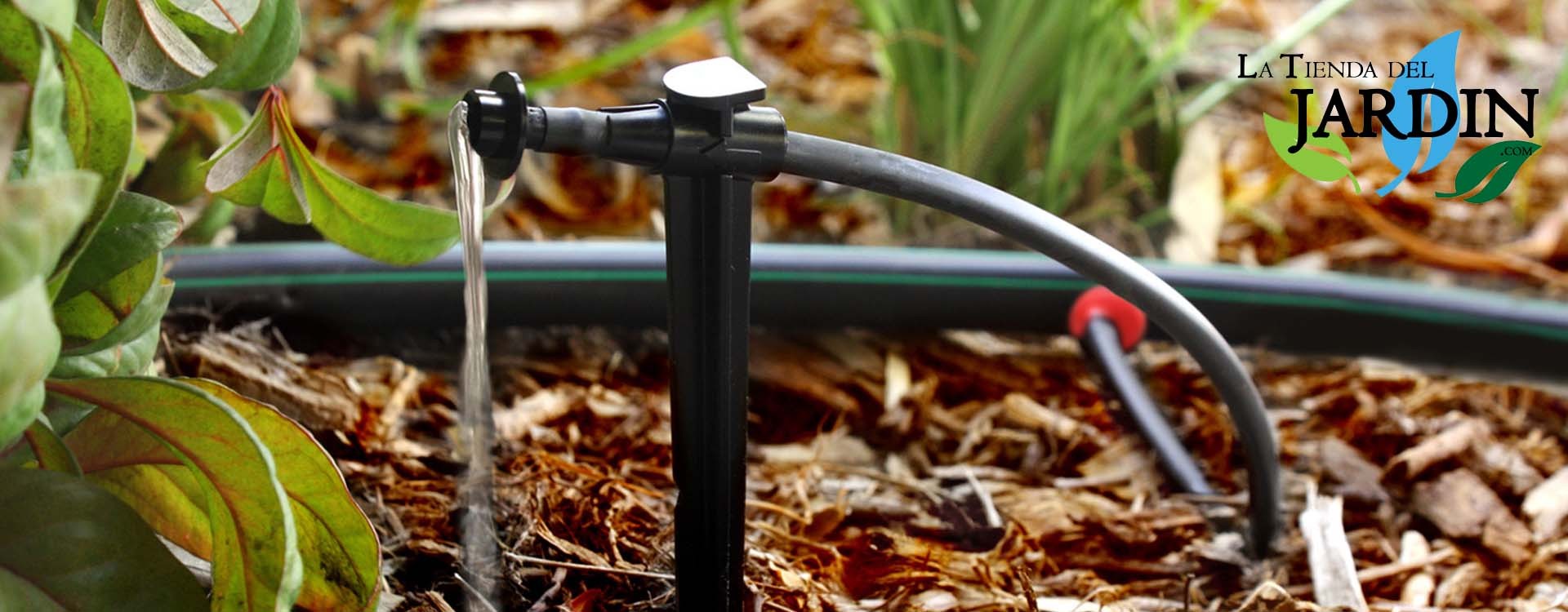

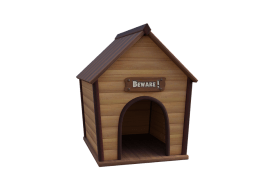

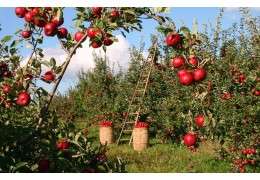

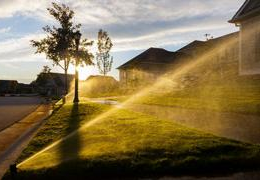
Leave a comment